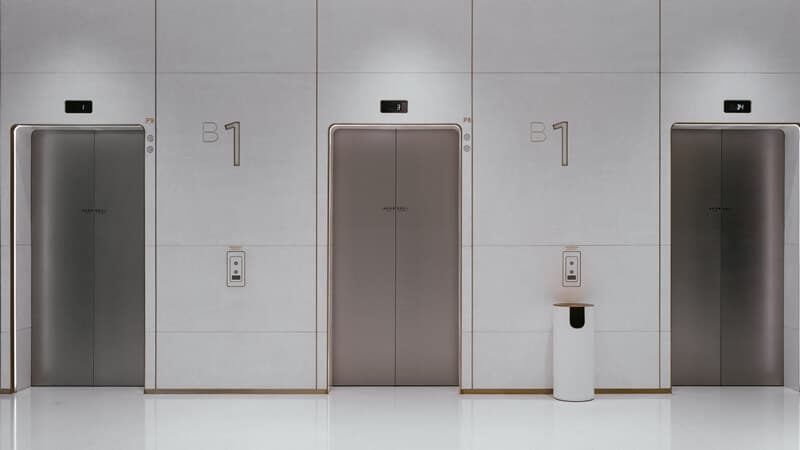Elevators are a vital part of our infrastructure, moving people and goods between floors in office buildings, hotels, and other tall structures. But have you ever wondered how they work?
The elevator control system is a fascinating piece of engineering that allows these massive machines to operate safely and efficiently.
In this article, we’ll take a look at the different components of an elevator control system and how they all work together.
By the end, you’ll have a better understanding of why your elevator sometimes behaves strangely.
Table of Contents
How Do Elevator Controls Work?
The Components Of An Elevator Control System
The heart of the system is the elevator controller, which is responsible for managing the movement of the elevator.
The controller receives input from various sensors and uses algorithms to determine the best way to move the elevator.
There are several different types of sensors that are used in an elevator control system, including:
- Position sensors: These sensors track the position of the elevator car and its doors.
- Speed sensors: These sensors track the speed of the elevator car and its doors.
- Load sensors: These sensors track the weight of the people and goods inside the elevator car.
The controller uses this information to determine when and how to move the elevator.
For example, if the position sensor indicates that the elevator car is at the top floor, the controller will know to send it back down.
In addition to sensors, there are also several other components that make up an elevator control system, including:
- Motors: The motors are responsible for moving the elevator car and its doors.
- Brakes: The brakes are used to stop the elevator car and its doors.
- Cables: The cables are used to support the weight of the elevator car and its contents.
How The Components Work Together?

The different components of an elevator control system work together to ensure the safe and efficient operation of the elevator.
The controller is responsible for managing the movement of the elevator. It receives input from various sensors and uses algorithms to determine the best way to move the elevator.
The position sensors track the position of the elevator car and its doors. The speed sensors track the speed of the elevator car and its doors. And the load sensors track the weight of the people and goods inside the elevator car.
The controller uses this information to determine when and how to move the elevator. For example, if the position sensor indicates that the elevator car is at the top floor, the controller will know to send it back down.
The motors are responsible for moving the elevator car and its doors. The brakes are used to stop the elevator car and its doors. And the cables are used to support the weight of the elevator car and its contents.
Why Your Elevator Sometimes Behaves Strangely
Have you ever been in an elevator that suddenly jolted to a stop, or started going up or down on its own?
If So, You’re Not Alone.
Elevators are complex pieces of machinery, and they sometimes behave oddly. There are a few possible explanations for why your elevator might be acting up.
One possibility is that the elevator is due for repair. Over time, elevator components can become worn out and malfunction.
If you suspect that your elevator needs to be repaired, you should contact a professional elevator technician.
Another possibility is that someone has tampered with the elevator’s controls.
If the elevator starts behaving erratically, it’s possible that someone has entered the control room and started playing around with the buttons.
Finally, it’s also possible that the elevator is haunted. Yes, that’s right – some people believe that elevators can be haunted by ghosts.
If you’re concerned about riding in a haunted elevator, you can always take the stairs!
